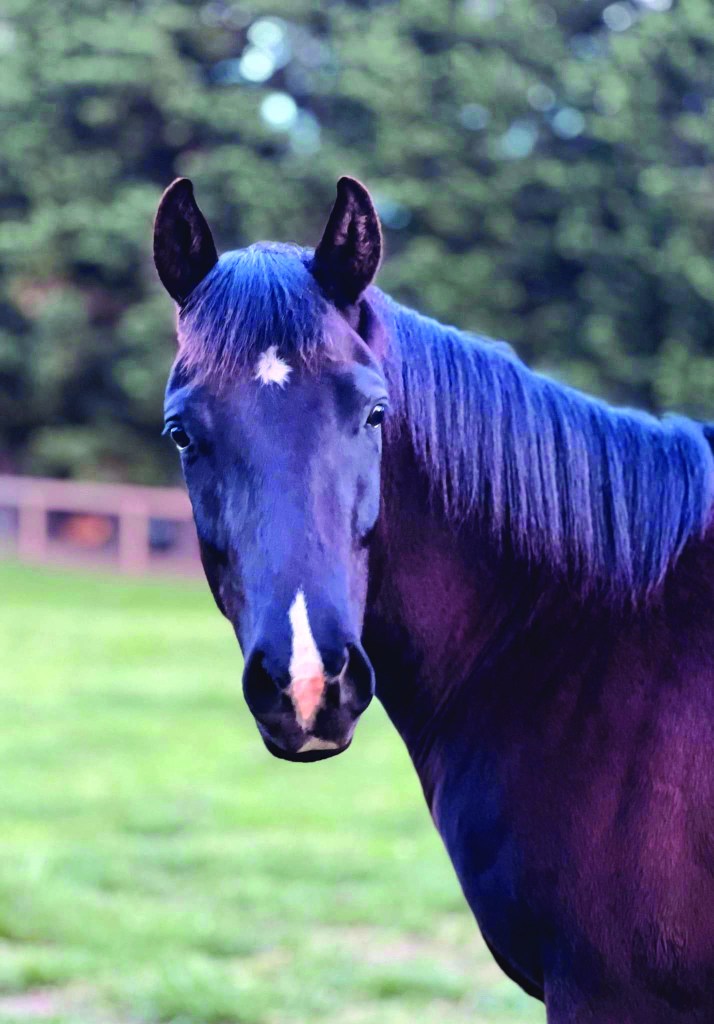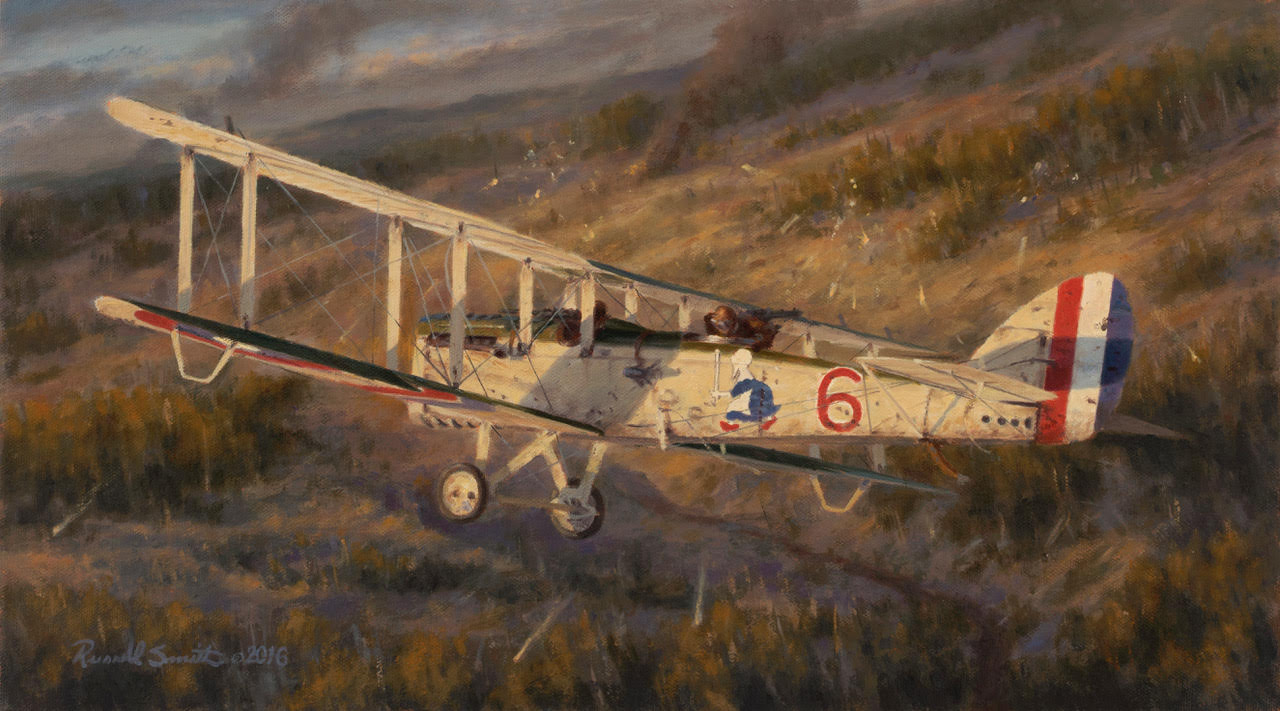Life in our Foothills September 2024- The Reunion
Published 4:30 pm Thursday, September 26, 2024

- Ming while with Stephanie Ferrell in foster care.
|
Getting your Trinity Audio player ready...
|
Some small words have a big impact. Let us string together three seemingly random choices: Ming, Six, and Reunion. I, Pebbles, must admit they are an odd combination, but they are the foundation for a heartwarming saga.
Let’s start with the first word, Ming. It means bright and clear and is also the name of an important Chinese dynasty. The number six represents hope, stability, and happiness. Reunion is the coming together after a period of separation.
Over three years ago, the horse rescue I represent, Helping Equines Regain Dignity (HERD), saved a beautiful but untouchable black mare, Navajo. She was young and fearful. Her black and white nursing colt was taken from her. He was sold at a livestock auction separately from her. She frantically called for him. Where had he gone? Navajo took no comfort from humans. She was unaccustomed to being touched, let alone being haltered. Navajo was a feral, domestically bred horse. It turned out that Navajo had been bred back to a stallion while caring for her colt. Pregnant again and doomed, she would ship to slaughter carrying her unborn foal.
Trending
Not on my watch! We saved Navajo, and she was delivered to our ranch, thin and mistrusting. Our team of volunteers in HERD was committed to helping her find her way to a better life.
Navajo gave birth to a stunning colt in the spring of 2021. We named him Ming 6. His coat was most unusual, just like mine! It shimmered, resembling the luster of a dark pearl or the glaze on a piece of fine china. Emblazed on Ming’s delicate face was a perfect white number 6. A white snip graced his nose. His build was outstanding for such a young fellow. He was gem-like and we all were delighted with this beautiful youngster, including his protective mother. She would not let us get near him the day he was born. Looking back on this, it is my opinion that she was so aggressive because her last foal had been taken from her when he was only four months old. Ming was highly prized and precious to her.
Dating back over 2,000 years, pieces of “china” were early wares prized for their hardness, translucence, and brilliance, achieved through a combination of special clays and high firing temperatures over 2,200 °F. Fine china is made from kaolin, a type of white clay, and porcelain is also made from kaolin, but the firing temperature is higher than that of fine china, making it more durable. For centuries, the Chinese closely guarded the secret techniques of making fine china and porcelain, even as they exported vast quantities to the Middle East and Europe, where the pieces were highly coveted. It was not until the early 18th century that European ceramicists in Germany and France finally unraveled the mysteries and began producing their own “true” hard-paste porcelain to rival the Chinese imports.
One of the most remarkable periods of China’s past is the Ming dynasty which ruled from A.D. 1368 to 1644. This dynasty’s achievements were impressive. They include the building of the Forbidden City and the majority of the Great Wall, advancing printing methods, and maintaining the largest economy in the world. However, art historians would argue that their breathtaking porcelain defines this remarkable Ming period. Thus, the Ming dynasty has connotations of refinement and grandeur and proved to be one of the most stable and longest ruling periods in Chinese history.
However, like our sweet colt Ming, the Ming dynasty founder Zhu Yuanzhang, later known as Emperor Taizu of Ming, was born into humble origins. He spent part of his youth wandering the country after his parents died following a series of natural disasters. He lived in and begged for a Buddhist monastery. However, that lifestyle came to an end when a militia burned it down to end a rebellion. Taizu joined a rebel group related to the White Lotus Society in 1352 and climbed the ranks speedily, eventually leading a successful invasion of the city of Nanjing. Taizu’s ultimate quarry was the Mongolian rulers of the Yuan empire. He captured Beijing in 1368, destroying the palaces, sending the Mongolian rulers fleeing, and announcing the Ming Dynasty.
HERD’s Navajo left us when Ming was weaned, beginning her riding career to find a safe home. She was adopted by Marcia Ohrt in North Carolina. Meanwhile, Ming remained here on the ranch with us. He enjoyed engaging with volunteers for groundwork training and attention while living among a band of young, frisky geldings. When he was two and a half years old, a HERD supporter, Stephanie Ferrell, offered to foster Ming for six months at her farm near Greensboro until he could begin training with a rider at age three. Coincidentally, Ming resided only 20 miles from his mother, Navajo, during his foster care. However, their paths did not cross. When Ming turned three, he was started under saddle and the trainer could not believe how well-mannered, smart, and easy-going Ming was. He learned quickly. Ming was also going through a major growth spurt. His rump was taller than his withers by three inches. Most breeds of horses achieve their full adult height and weight between the ages of five and six.
Trending
Navajo’s family had watched Ming’s progress with us and expressed interest in him. Tara Peterson, the daughter of Marcia Ohrt, decided to make it official and adopt Ming. She has the time to devote to him, slowly bringing him along as he matures. This was music to our ears. This also meant that Ming would be boarded at the barn where his mother, Navajo, also resides. The two would be reunited.
As singer and songwriter Paul Simon relayed, “Oh, the mother and child reunion is only a motion away.” The reunion of the mare, Navajo, with her prized colt, Ming, is rare and valuable for HERD’s dynasty.





